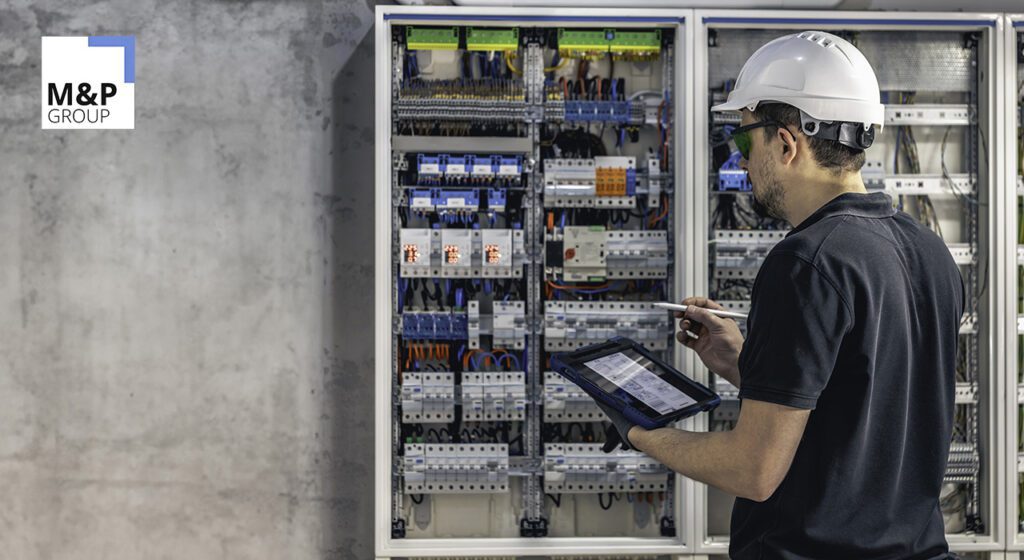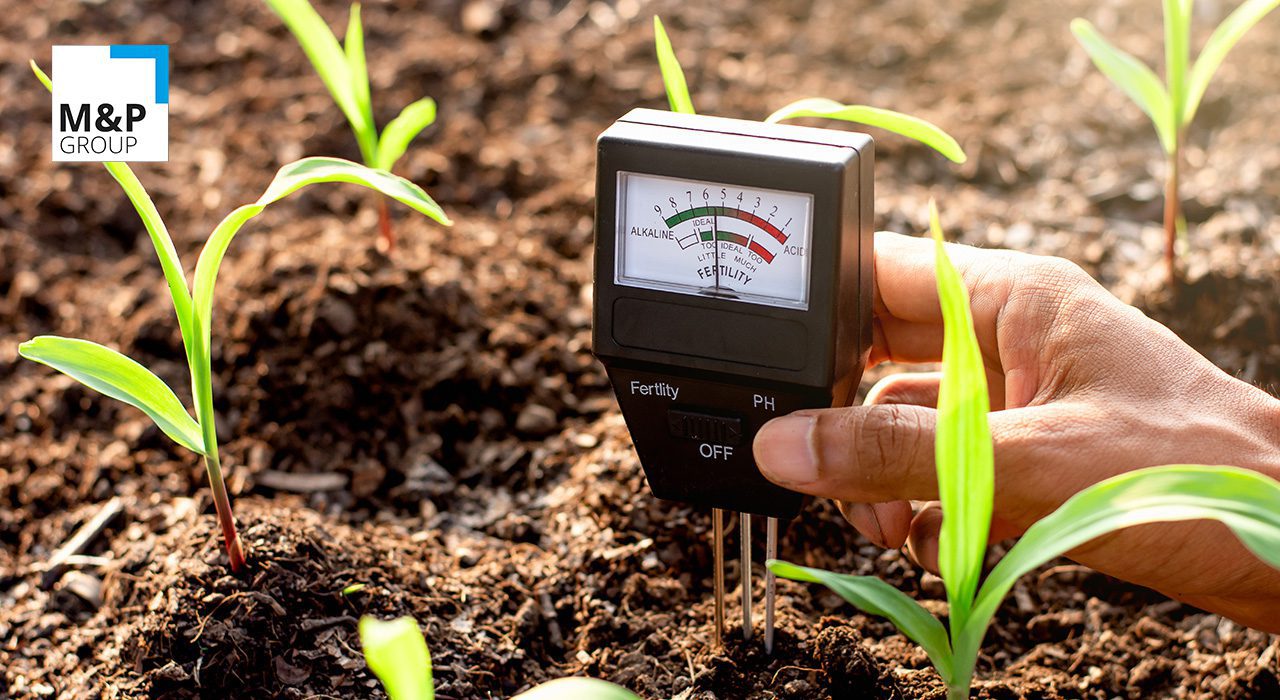In recent years, the modernisation of energy infrastructure has gained momentum, with transmission system operators playing a pivotal role. As we move towards greener energy solutions, projects like underground cable construction have become crucial for meeting national and European climate goals. However, these projects must navigate unique challenges, including the protection of historical Plaggenesch soilswhich are rich in agricultural history and vital to understanding both past and present environmental conditions.
What Are Plaggenesch Soils and Why Do They Matter?
Plaggenesch soils, also known as Eschböden, have been shaped by centuries of human activity, particularly the practice of applying Plaggen (thin layers of sod) and manure to agricultural land. These soils contain a humus-rich upper layer, sometimes up to 1.5 metres deep, which has accumulated over time. As natural archives, they offer insights into ancient farming techniques, soil stratigraphy, and broader climate change patterns.
These soils are recognised as Soils of archival and cultural history (soils of archival and cultural history) in Germany and have been classified as worthy of protection under national soil conservation laws. This is especially important as underground cable construction disrupts these unique soils. By protecting them, we preserve not only our agricultural history but also crucial data related to historical environmental and climatic conditions.
Challenges and Solutions in Modern Infrastructure Projects
As critical infrastructure is laid, particularly for renewable energy, the challenge of balancing technological advancement with soil protection comes to the forefront. According to a recent study, 40% of all underground cable projects in Germany intersect with areas that are classified as containing significant Plaggenesch soils. These soils, particularly sensitive to soil moisture and groundwater levels, require comprehensive soil moisture monitoring during construction to avoid degradation.
In 2024, construction projects have been particularly impacted by unusually high soil moisture levels, with groundwater in some areas exceeding the seasonal average by 30%. These conditions complicate archaeological excavationbut they also provide an opportunity for archaeologists to gain unparalleled insights into buried relics of past human activity. By conducting real-time soil moisture monitoring and adjusting construction schedules, project teams have minimised disruptions while maintaining the integrity of the soils.
Statistical Insights and Projections for Soil Protection
- Groundwater levels in affected construction areas are projected to rise by an additional 10% by 2030 due to changes in precipitation patterns linked to climate change.
- At least 25% of all soils impacted by these construction projects are considered vulnerable to erosion or degradation if improperly managed, making soil protection a critical aspect of environmental planning.
- Over the next five years, transmission system operators are expected to invest upwards of €500 million in underground cable constructionwith approximately 15% of that budget allocated to soil protection measures such as soil stratigraphy analysis and archaeological excavation oversight.


Climate Change, Soil, and National Goals
The intersection of soil and climate change is becoming increasingly evident. As climate patterns shift, the resilience of soils-particularly those like Plaggenesch soils-will be tested. A recent government report projects that climate change and soil degradation could reduce the carbon storage capacity of these soils by as much as 20% by 2050 if protective measures are not implemented.
However, the integration of soil protection in infrastructure projects offers a solution. By ensuring soil protection through scientifically informed approaches, such as soil moisture monitoring and adjusting construction based on groundwater levels, these projects are contributing to the broader goal of reducing the carbon footprint. Soil and climate change are thus inextricably linked in both the preservation of historical data and in shaping future sustainability.
A Holistic Approach to Sustainable Development
Protecting Plaggenesch soils is more than just an exercise in conservation; it's a forward-thinking strategy that aligns with national climate objectives. These projects directly contribute to Germany's ambitious plan to reduce carbon emissions by 65% by 2030, as outlined in the country's Climate Action Programme. With underground cable construction playing a central role in transitioning to renewable energy, safeguarding the soil becomes a non-negotiable part of ensuring environmental sustainability.
Several initiatives have already been rolled out, and experts project that these actions will prevent the loss of up to 5 million metric tonnes of soil over the next decade. Furthermore, a study by the Soil Conservation Institute highlights that every euro invested in soil protection saves €3 in future environmental and agricultural costs, underlining the long-term economic benefits of these measures.
Engineering for a Better Tomorrow: Protecting the Past While Securing the Future
The collaboration between transmission system operators, archaeologists, and soil scientists ensures that underground cable construction progresses in a way that honours both history and future sustainability. Through careful excavation and soil stratigraphy analysis, these teams protect vital historical records while contributing to essential climate change mitigation efforts.
By 2030, Germany aims to be a leader in soil conservation efforts related to construction, with up to 90% of its construction sites following stringent soil preservation protocols. These efforts are expected to result in a 15% reduction in construction-related carbon emissions, setting a global precedent for how large-scale infrastructure projects can coexist with environmental preservation.
The protection of Plaggenesch soils ensures that future generations will have access to the invaluable data stored in these agricultural archives, all while contributing to a greener, more sustainable tomorrow. This balance of innovation and preservation underscores the role of engineering in shaping a better future, one that respects both the past and the planet.

